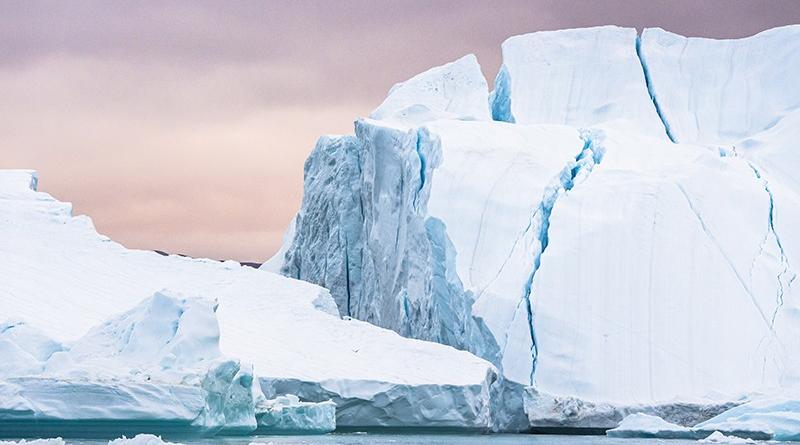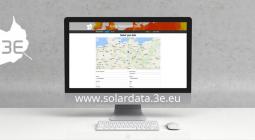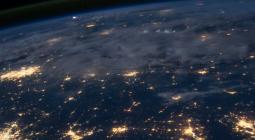Artists explore new ways of knowing in a time of information overload.

From mapping coronavirus to recording extinctions, Heather Houser describes the intersection of art and data visualization.
A deluge of contested data on crises is prompting writers and artists to consider the limits of knowledge. Heather Houser, co-director of Planet Texas 2050, a climate-resilience project at the University of Texas at Austin, talks about her book Infowhelm (Columbia University Press, 2020).
What do you mean by ‘infowhelm’?
What I was capturing with that term is a deluge in which knowledge can be changing a lot, and then people in power can be poking holes in it. This creates a very difficult ‘information situation’ for us to process and understand.
Why did you write this book?
I wanted to give an account of how art — literature and visual culture — is managing in the face of climate change and information overload. Probably the best-known example I talk about is Barbara Kingsolver’s 2012 novel Flight Behavior; it’s a narrative about climate change set in Appalachia in the United States. The main character uses scientific methods of data collection and observation and analysis. I’m interested in how art can entangle scientific data with aspects of lived experience, from emotion to doubt and uncertainty. I’m fascinated with the ways scientific data can conflict with one’s social, economic and cultural position in the world.
Can too much information harm knowledge?
Definitely. I begin each section with some poetry by Juliana Spahr, which really captures that sense of how too much information can be a hindrance and not a conduit to knowledge. Psychologists describe the numbing effects that it can cause, a sense of despair or apathy, or a sense of individual insignificance. They offer advice on moderating your intake of information, because otherwise, some of the emotional effects can obliterate what you do with it.
What struck you about how scientists and artists present data?
The emotional impact of doing work every day on things such as extinction or climate change can be profoundly devastating for scientists, and, in many cases, they have to detach that emotion from the official presentation of the research in journal articles or for conferences. I think the arts are a great way to allow all these other aspects of understanding and processing, as a person, to come into the narrative.
Even when it’s recognized that there’s some uncertainty behind the data, there can be a tendency for scientists to present them as more stable and objective and authoritative than some of the artists might do. I think what the artists bring to data is some deference, but also some awareness of limitations — all that the data can’t communicate or help us understand.
Scientists often display data pictorially. How does this relate to art?
I was really curious about data visualization, and what purposes it serves culturally, beyond scientific-research communication. Things like charts and graphs and different kinds of mapping strategies to display information that we’re seeing in all the COVID‑19 coverage today. I was interested in how artists adopt those as well. I write about Michael Crichton’s 2004 novel State of Fear, which incorporates scientific charts and graphs.
How have artists used visualization technologies, such as Google Earth?
A section of the book is on aerial imagery. I examine one environmental-watchdog group, and artists such as Laura Kurgan, who use satellite imagery. Kurgan doesn’t change it very much but, through strategies of juxtaposition and different levels of zooming in, she has us think about what’s hidden and what’s shown, because of the technology's history and how it gets used.
Did the artists’ responses veer towards the apocalyptic?
I talk about 15–20 literary and visual artworks in this book, and despair is not their main tone. That’s true even for something that might look as if it’s heading towards the apocalyptic, such as Maya Lin’s digital memorial, What is Missing?, begun in 2010, which is dedicated to extinction. It includes extinct species, but also extinct experiences, like the sounds of birds or starry nights. But because it is an open-source memorial that anyone can contribute to, it opens the way to imagining other futures.
*This interview has been edited for length and clarity.
Nature 582, 26 (2020)
doi: 10.1038/d41586-020-01605-0
1 June 2020
Nature



